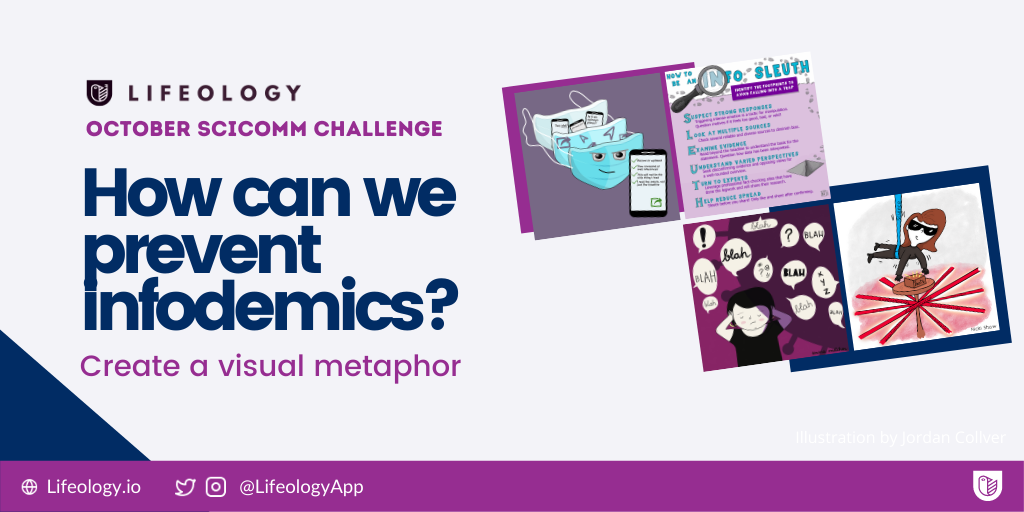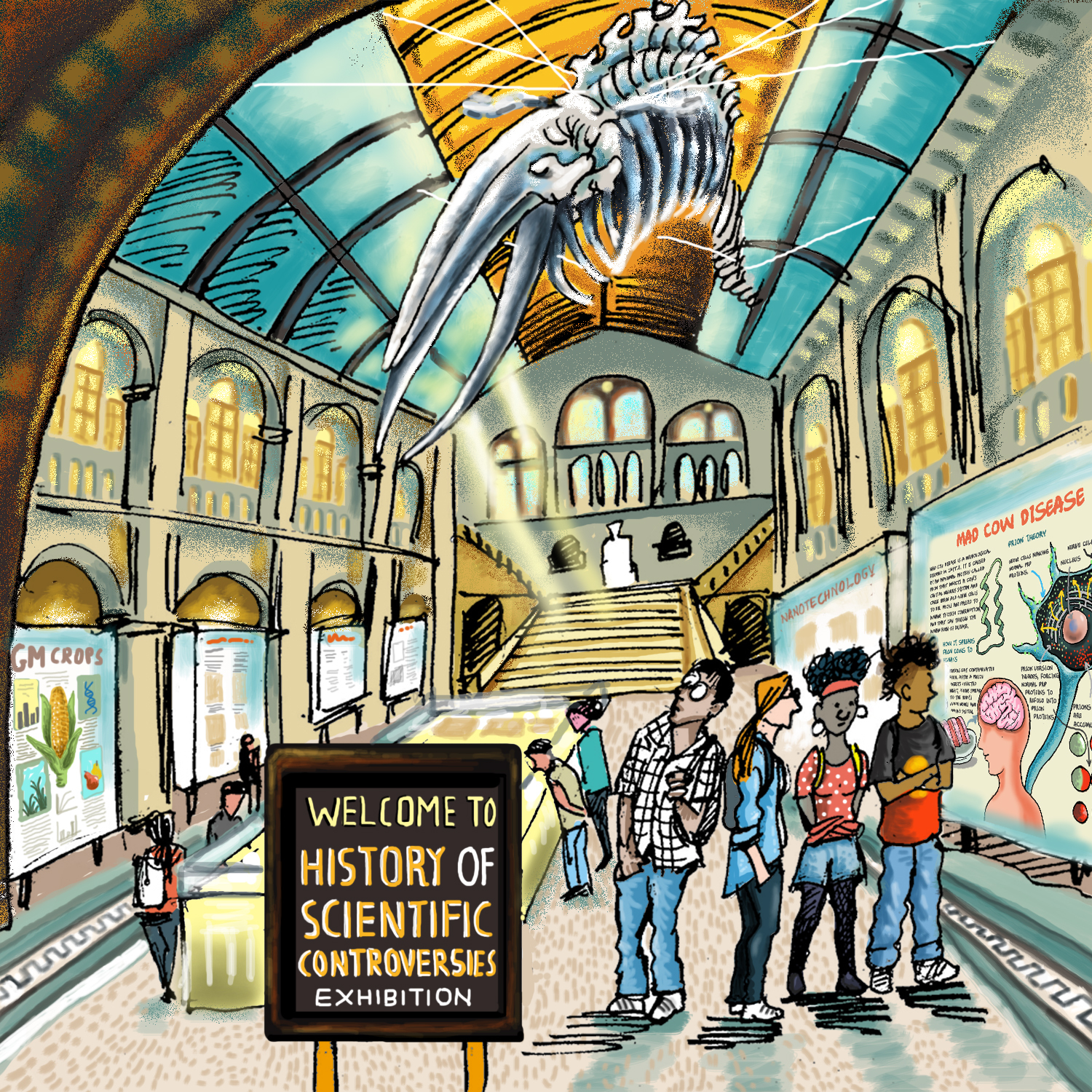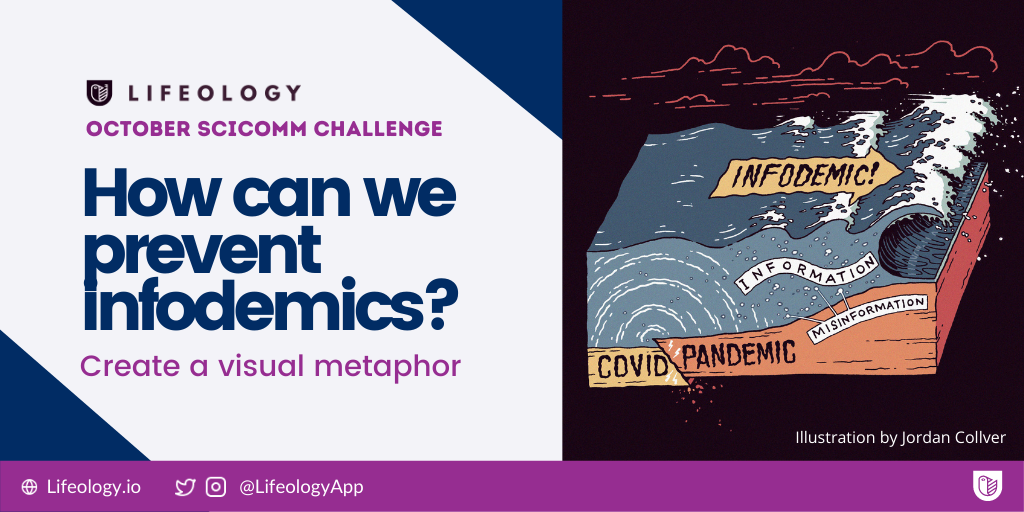
In February, Lifeology ran a challenge to create a science game. Science games have been found to promote “higher cognitive gains and better attitudes toward learning compared to traditional teaching methods” (Vogel et al. 2006). The reason behind this result is that games promote something called meta-cognitive strategies – ways for players to overcome in-game challenges and develop their problem-solving skills (Ridley et al. 1992). Check out our blog post about meta-cognitive strategies. Self-directed learning through games or interactive activities can be a great tool for teaching STEM.
Each submission for the challenge included a name, type, and brief description of their game. Selected Lifeology community members judged the submissions based on their Creativity/Innovation, Fun, Educational Value, and Visual Appeal. Check out the submissions below to find out who the winner was!
Submission #1

Card prototype designs
Name of the game: Spot the Lie
Type: Trivia
Summary: Given a specific scientific occupation, guess which fact is incorrect. The winner is the player who collects the most cards
Review/Feedback: This game would be a great introduction into science for a younger audience. The dual benefits of this game are that the players learn scientific facts when guessing the answers, while also learning about the different scientific professions that are out there in the world. One downside is that once the players have heard the answer once, the card can’t be played again, requiring lots of cards to keep the game fresh. This submission scored points for Educational Value!
Submission #2
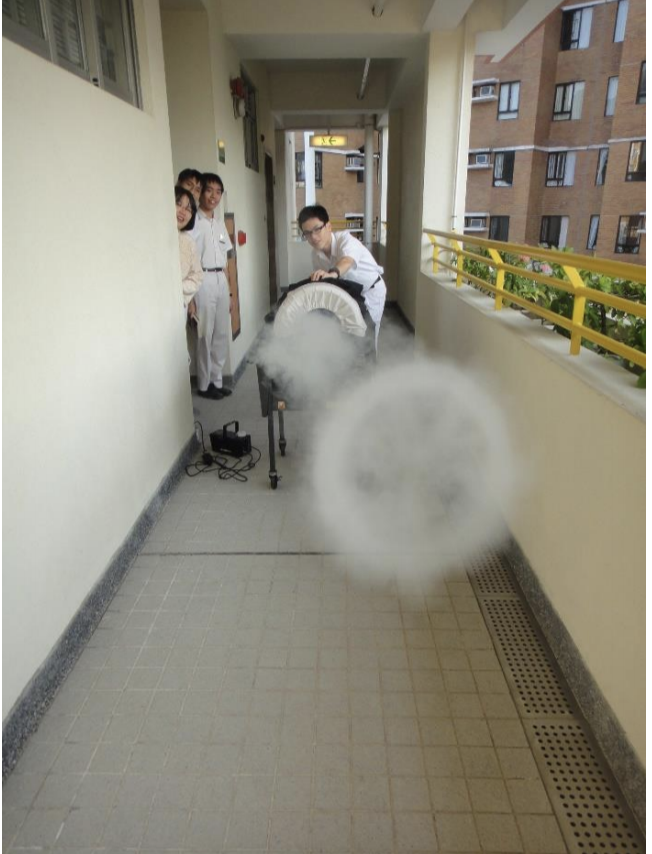
A demonstration of Air Canon Dodge Battle (Photo by Toto To)
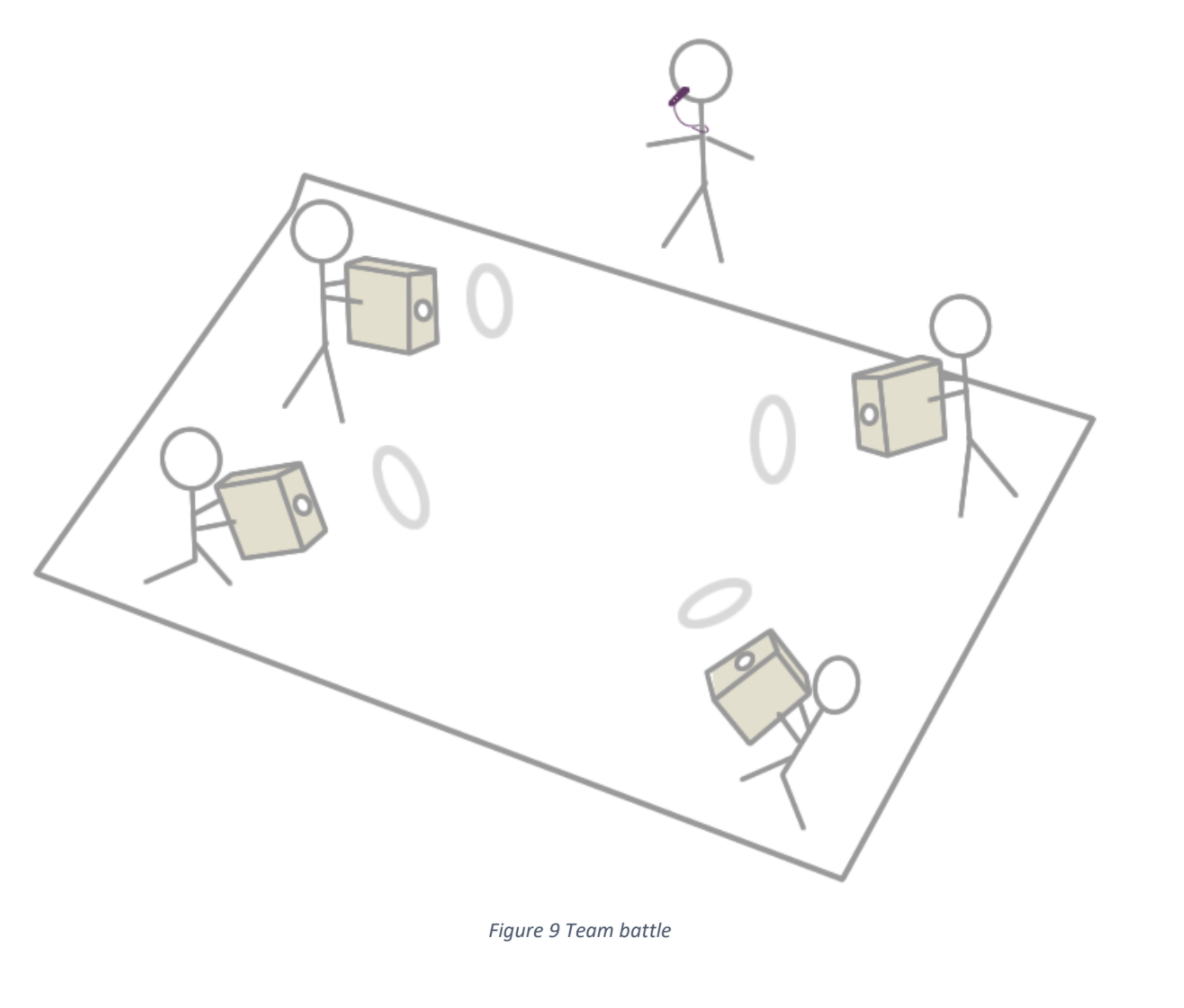
Name of the game: Air Cannon Dodge Battle
Type: Sport
Summary: Players are required to design, make and fight with air cannons.
Review/Feedback: The hands-on nature of building an air cannon from scratch, with the effectiveness of the design benefitting the player in the game, is a great introduction to engineering design principles. The active nature of the game is a fun and engaging way to present science to a younger audience. The game may become dangerous, and it is difficult to judge if someone has been hit without a smoke machine included. This submission scored points for Educational Value, Creativity/Innovation, and Fun!
Submission #3 – Winner!

Name of the game: Ferrous Gate (New name since submission: Cooperativity)
Type: Educational
Summary: In this game, the player controls a haemoglobin molecule, moving around to bind oxygen molecules and demonstrating the biochemical concept of “Cooperativity” in the process
Review/Feedback: This game has a great potential to help teach concepts in biochemistry through the game mechanics by providing a fun and engaging way to reinforce ideas previously taught in a lecture format. This game could easily run alongside a lecture series, with the lecturer asking students to play the game a couple of times per lecture to break up the content. Over time, more biochemistry concepts may need to be included in the game to make sure it’s not one-dimensional. This submission scored points for Educational Value, Creativity/Innovation, Fun, and Visual Appeal.
Since submitting his game to our challenge, the creator of the winning game, Ben Peters, has actually created an app for the game on Google Play. Check it out here! What’s next for his game? He wrote, “A couple of things I am working on include showing the R to T transition and tweaking the numbers a bit to get more binding and releasing.” You can give him feedback on our Slack channel!
Thank you to everyone who took part in this challenge! Come be a part of the next one! Each month, Lifeology hosts a different SciComm challenge. This month, we are challenging you to create a science meme. Learn more about the challenge here.
